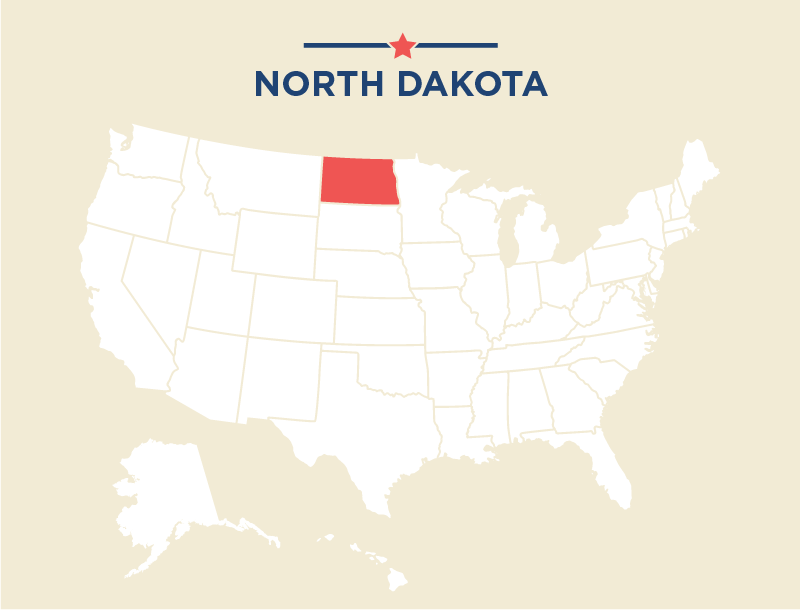A new year comes, and with it, a veritable crystal ball. Here, there and everywhere you can find predictions about the future of marketing. 2018 WILL be the year of ____________.
We’ve scoured the stacks of expert-advice, examined industry data and reflected on our own experience and observations. The result? A definitive list of what marketers should expect in the year ahead.
1. Consistency Over Customization
If 2017 was the year of customer experience (CX), shouldn’t 2018 be all about making it more personal? Yes and no. The rise of artificial intelligence and chatbots, along with increasingly available consumer data, will unquestionably make it easier for marketers to tailor the customer journey. But the drive to personalize cannot come at the expense of consistency.
The InMotion CX Trends Report reveals that “consumers consider an experience “great” and are willing to extend their loyalty when brands simply deliver on some very basic—and reasonable—expectations.” Whether a customer engages with your brand in person, over the phone, online or through a third party, their experience must be consistent. Evaluate your tone, aesthetic, values and offerings across all mediums, and shore up any outliers.
Brands often overestimate the need to elicit strong, positive emotions in order to garner customer loyalty. But the report says it plain: brands just need to get it right.
2. Increased Investment in Experience
In every brand’s ideal world, all marketing practices would be highly effective. We do not live in an ideal world.
Audiences are finding more and more ways to make technology work for them and tuning out traditional advertising in the process. From cutting the cord on cable to the abundant use of ad blockers, consumers today have far greater control the messages they receive.
Publishers are also having an effect. Facebook recently announced a shift in its algorithm that will prioritize personal interactions over posts by brands and media companies.
The challenge for marketers isn’t new: Create eye-catching and engaging touchpoints to attract customer attention. And the most effective method isn’t either. Experiential marketing dates back to the 19th century. Now, in the 21st, it’s getting its due.
Experiential employs human-centered, multi-sensory experiences to build relationships between buyers and brands. Increasingly, brands are realizing its potential to reach customers.
Seventy percent of millennials would rather spend money on experiences than on tangible items; 57 percent of the 35 and older crowd feel the same way. And according to the U.S. Event Marketing Institute, a whopping 87 percent of consumers said live experiences helped them understand products or services better than TV or other mediums.
If it seems like there is a pop-up shop or product tasting everywhere you turn, you’re not wrong. Those are just a few examples of the experiential efforts that marketers are banking on to connect with consumers. And some are going all in. One in three CMOs are now predicted to allocate up to 50 percent of their budget to brand experience marketing over the next three to five years.
3. Marketing Gets Phygital
While live experiences create lasting memories, using them to engage the masses can be cost-prohibitive. Enter technology. Digital integrations now enable brands to share experiences far beyond an attending audience.
 Take Breaking2 for example. Nike invited only a small, select group of coaches and influencers to witness Eliud Kipchoge’s attempt to break the two-hour marathon. A live-stream, however, made the race accessible in real-time to 13.1 million viewers around the world. As of last month, 19 million people had watched it.
Take Breaking2 for example. Nike invited only a small, select group of coaches and influencers to witness Eliud Kipchoge’s attempt to break the two-hour marathon. A live-stream, however, made the race accessible in real-time to 13.1 million viewers around the world. As of last month, 19 million people had watched it.
Video is just one way of using technology to make experiences scalable. Innovative retailers have introduced augmented reality (AR) to help audiences try on clothes or see what a piece of furniture looks like in their home. Tourism boards have adopted virtual reality (VR) to immerse potential visitors in a state’s natural wonders. And haptics are making advertisements multi-sensory, giving audiences a chance to see, hear and feel a brand message.
Technology can enhance brand experiences for customers near and far. The key is to ensure it adds and not detracts. Consider digital extensions at your idea’s inception instead of tacking them on later. If they don’t integrate seamlessly into plans, you’re probably better off without them.
4. Social Sharing Fatigue
Last year we gleefully shared an article about the decline of hashtags in TV ads. As advocates for inspired, customer-centric engagement, we often wondered what brands expected when sharing a hashtag at the end of an ad.
Today, consumers are calling to make iPhones less addicting have been heard. The societal backlash against the manufactured world of social media continues to grow. For brands to effectively engage on social, they must be transparent, genuine and value-centric. The days of asking customers to share your post, like your page or use your hashtag for some generic incentive are over.
If audiences want to engage with you online, they will—and with gusto. If they don’t, it’s time to ask why? Evaluate the channels you use, where your customers spend time and if your content adds value or simply makes noise. Not everything you post or ask of your audience will be met with enthusiasm, but answering one question will guide you in the right direction: How will this benefit my audience?
5. Specialization and Augmentation
 Ad Land is a bit like the United States. Some agencies resemble California – big and diverse with trades of all kinds being practiced. Others are more like North Dakota, made up of a lean, but specialized population of industry experts. As technology evolves and the paths to customers become more varied, we expect a rise in North Dakota-like agencies.
Ad Land is a bit like the United States. Some agencies resemble California – big and diverse with trades of all kinds being practiced. Others are more like North Dakota, made up of a lean, but specialized population of industry experts. As technology evolves and the paths to customers become more varied, we expect a rise in North Dakota-like agencies.
Learning any new skill or platform can require all of one’s time and mental bandwidth. One way to stay ahead? Specialize.
Take the team at Abacus, for example. The agency works exclusively in conversion-focused Facebook advertising. Their team is small and geographically independent. Their clients range from Burt’s Bees to Star Wars. To keep costs low and ROI high, brands are increasingly turning to agencies like Abacus for support.
This has been our approach from the beginning. We handle what we’re best at—insights and experiences—and draw in outside experts to help with the rest. Together, we achieve better results in a more economical way.
Takeaway
So there you have it: our five predictions for the year ahead. Click the links throughout to dive in deeper. If you think we missed something, give us a shout. Wishing you the best of luck in 2018!